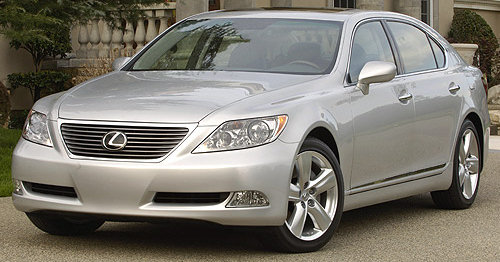
I was reading this month’s issue of Car & Driver and it had a preview of the new Lexus LS460. This is Lexus’s new flagship luxury sedan. It’s filled with every imaginable amenity known to man, including a reclining back seat that gives massages. What really caught my eye was automatic parallel parking system. Yes! This car can park itself! This should be a must have option for most of Richmond’s drivers (if you’ve ever been to Richmond, you’ll understand). Then I read what it takes to operate the system.
To parallel park, you must stop somewhat forward of the car in front of the empty space so the camera can “see“ the two cars bordering the spot. Select parallel-parking mode while in reverse (there’s also a mode for a parking-lot space), and a box pops up showing where the system thinks you want to end up. The exact position has to be manually tweaked via arrows on the touch screen to ensure there’s no car clipping, and this probably adds 20 seconds to the process. After that, hit “okay,†and the LS460 takes control of the electrically assisted power steering. It won’t operate at full idle speed, however, so you must ride the brake. We tried it a few times and got the feeling that someone could nab your spot by the time you get everything dialed in.
Now I know this is perfect for Richmond drivers! It will ensure that I always get a free parking spot because they’ll all be spending time tweaking their parking spot on that LCD screen! If it takes Car & Drivers 20 second to set up auto park, it should take the average Richmond driver 20 minutes. I wonder if you can use this feature on a road test?
As with most new technologies, expect faster-acting versions in the future. However, I have to wonder. Do we really need a car that can park itself? What next? A cruise control that can follow the car in front of you and speed/brake as needed to maintain its distance? Oh wait, they already have that. Ah, the wonders of technology.
